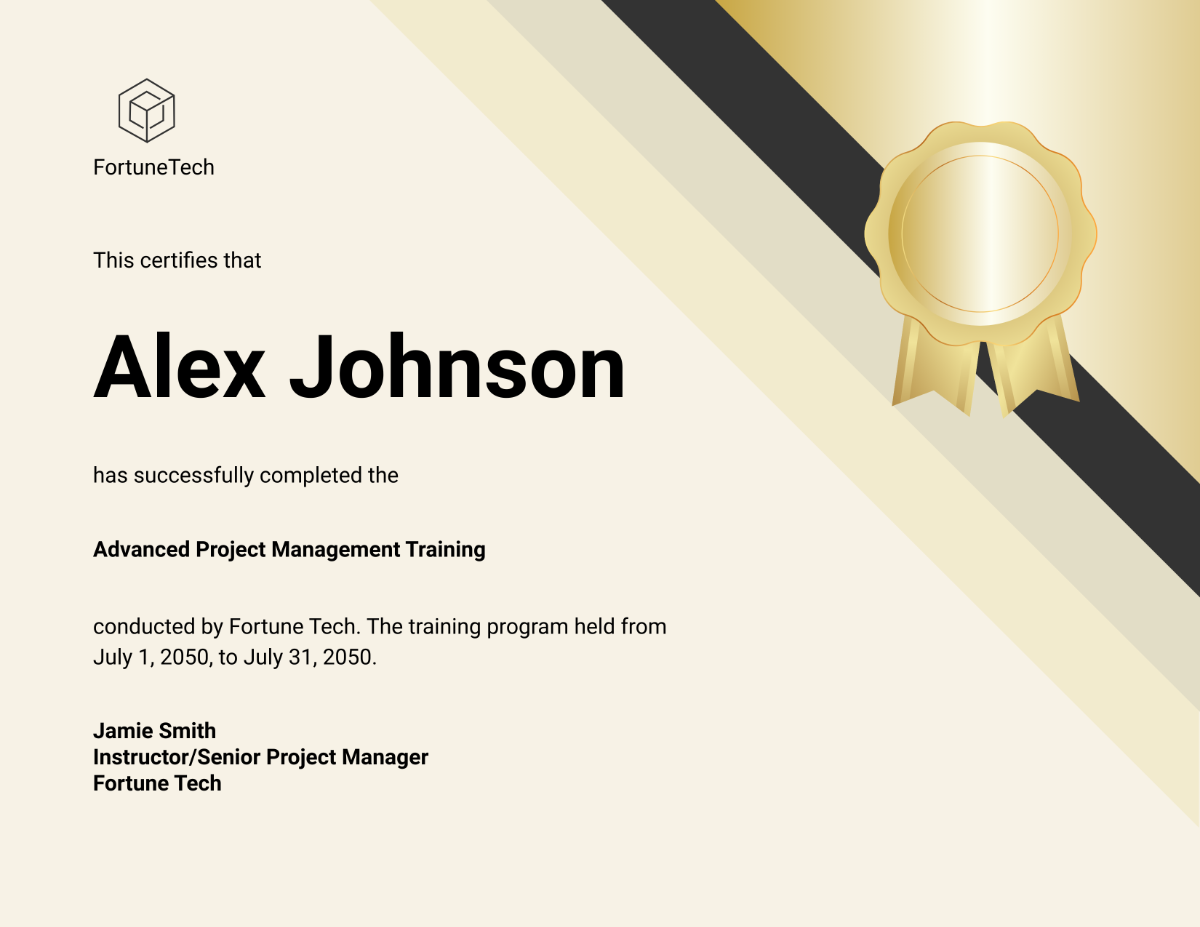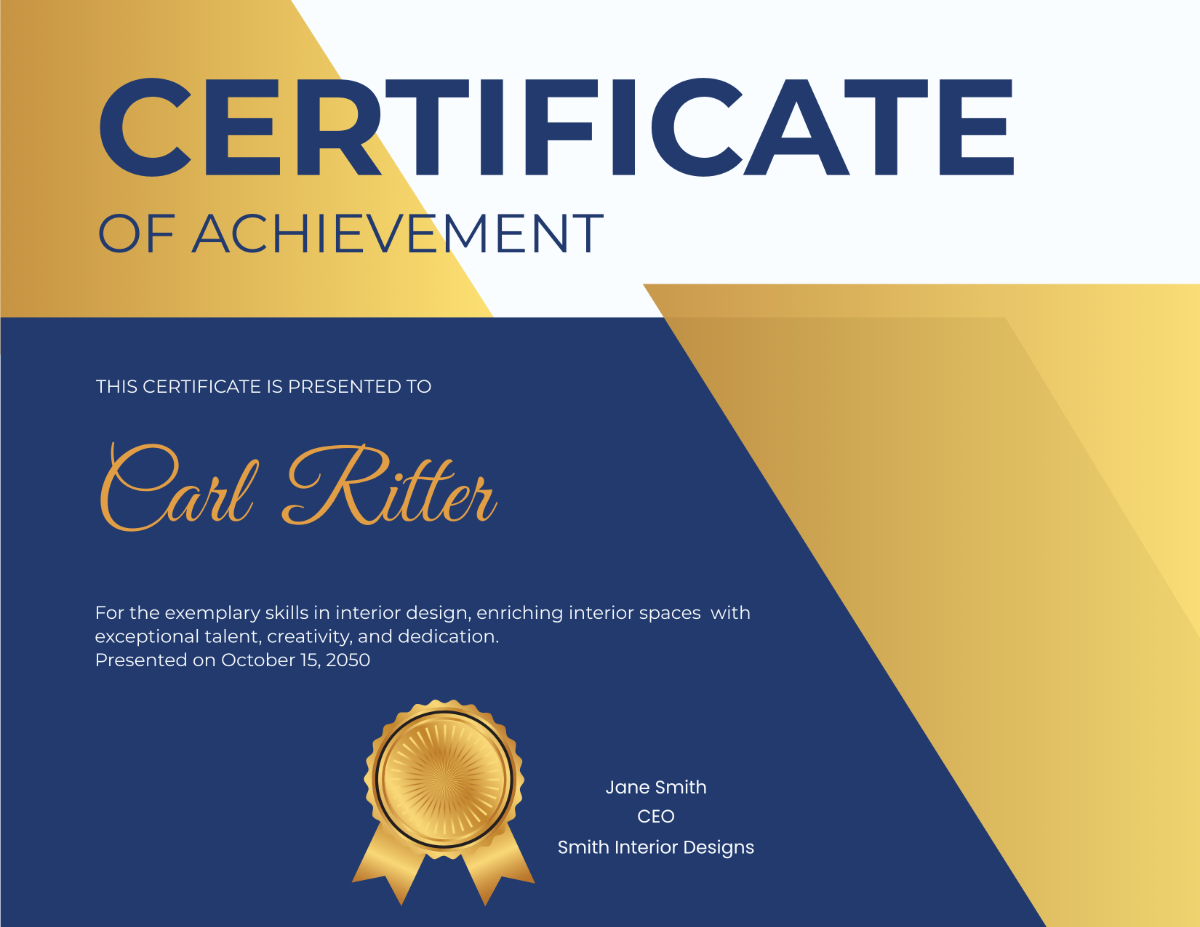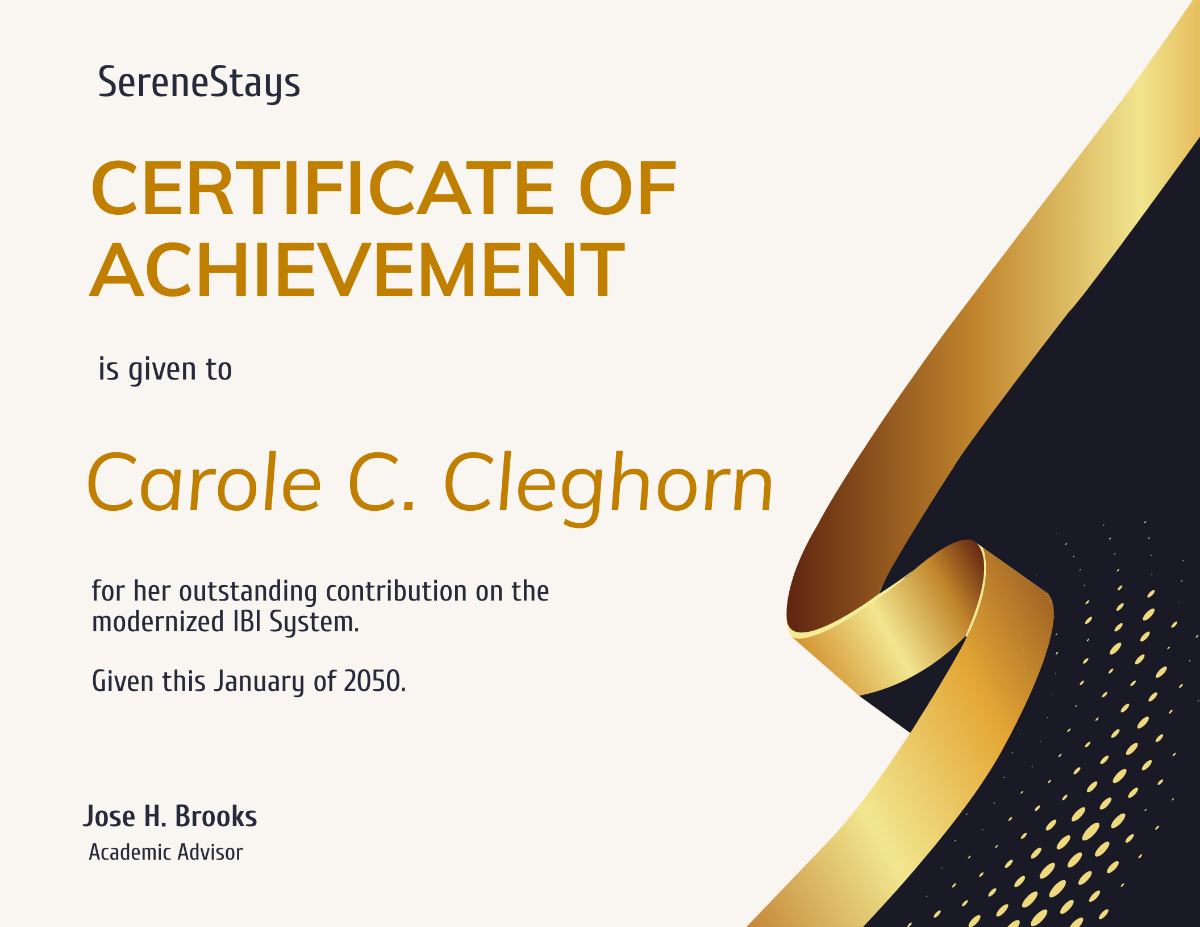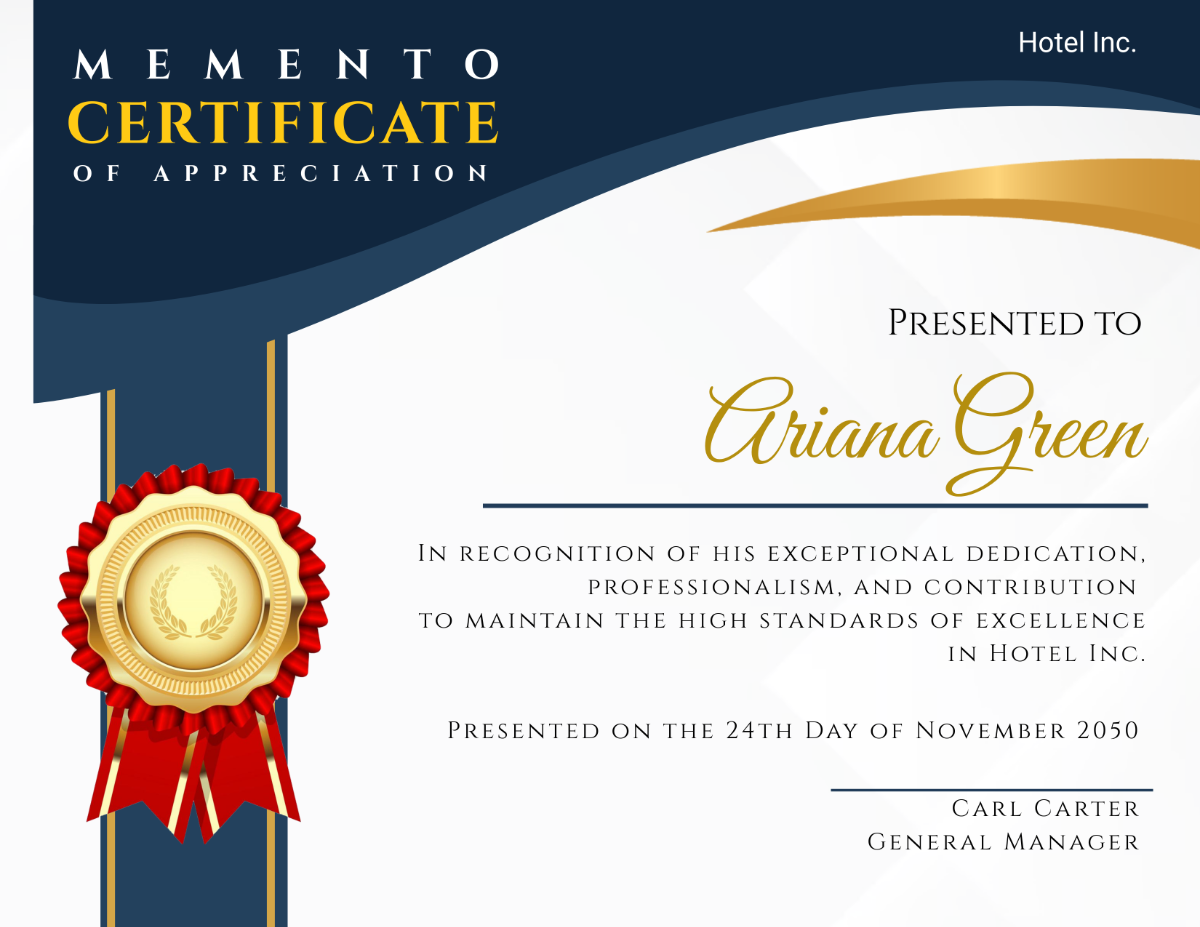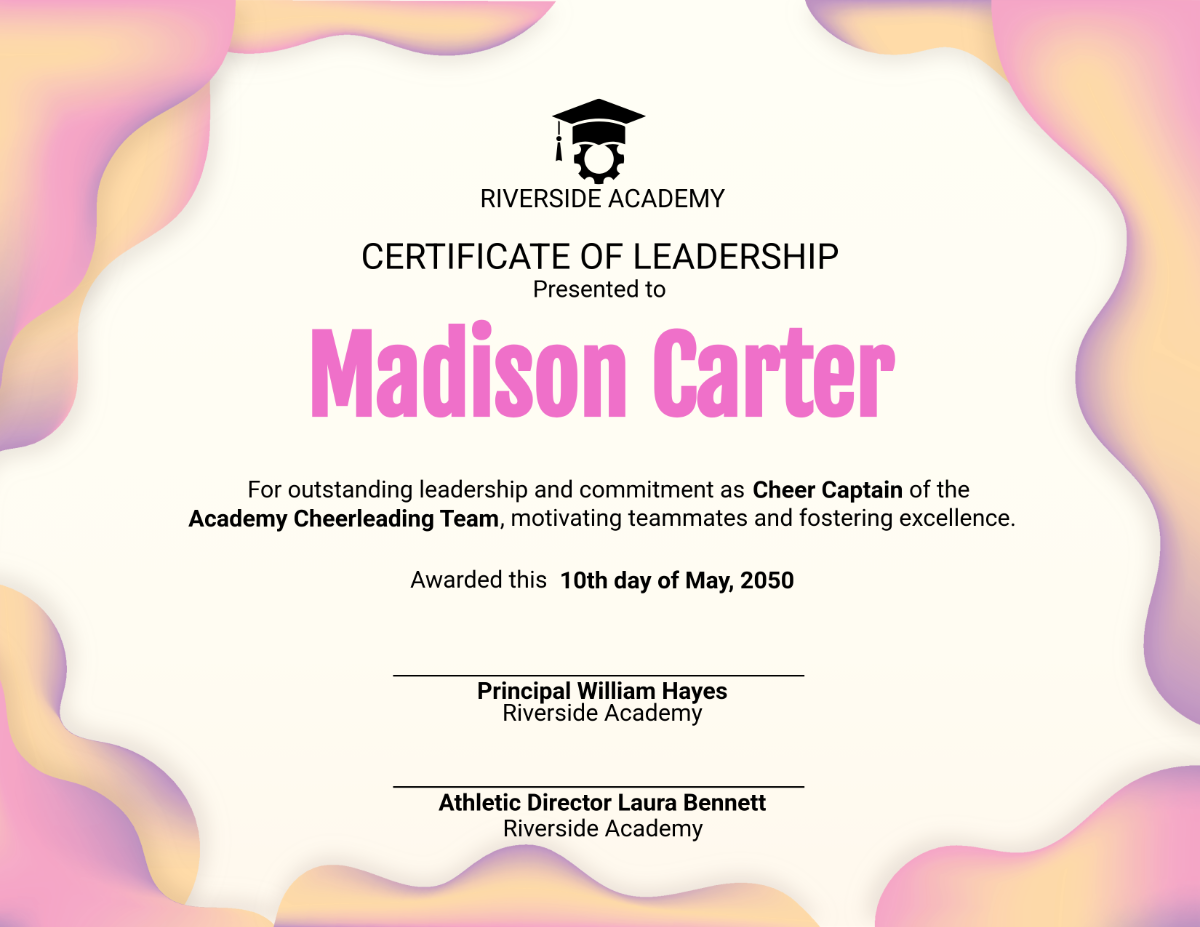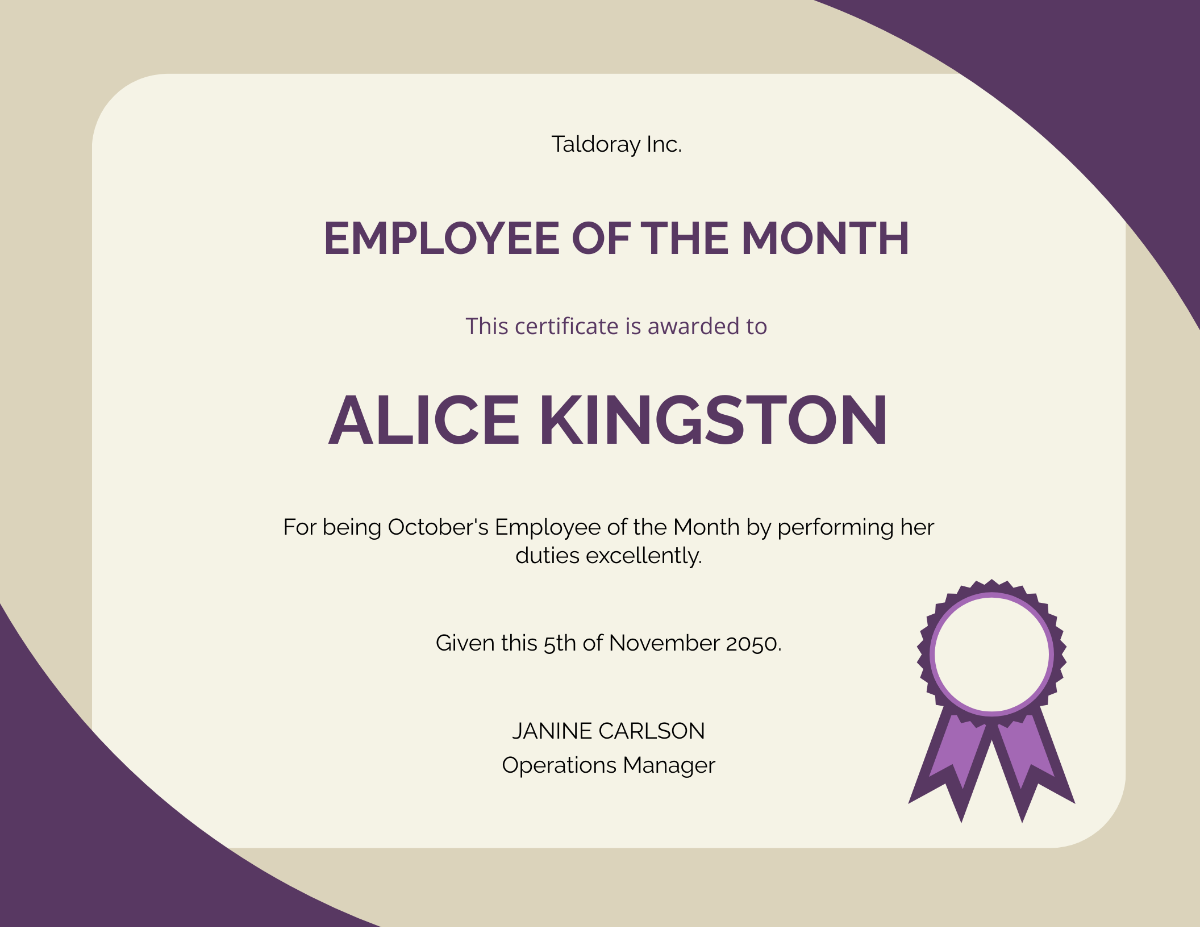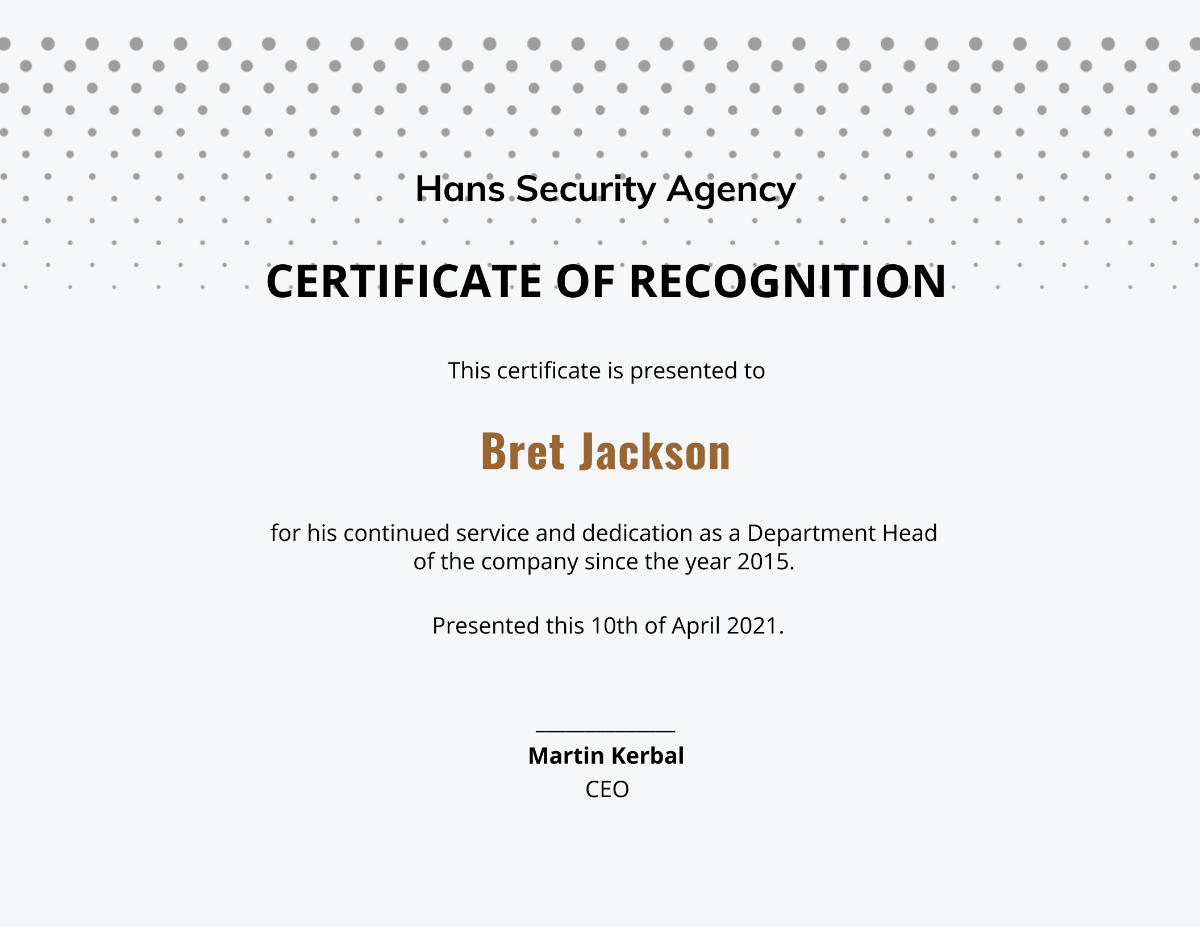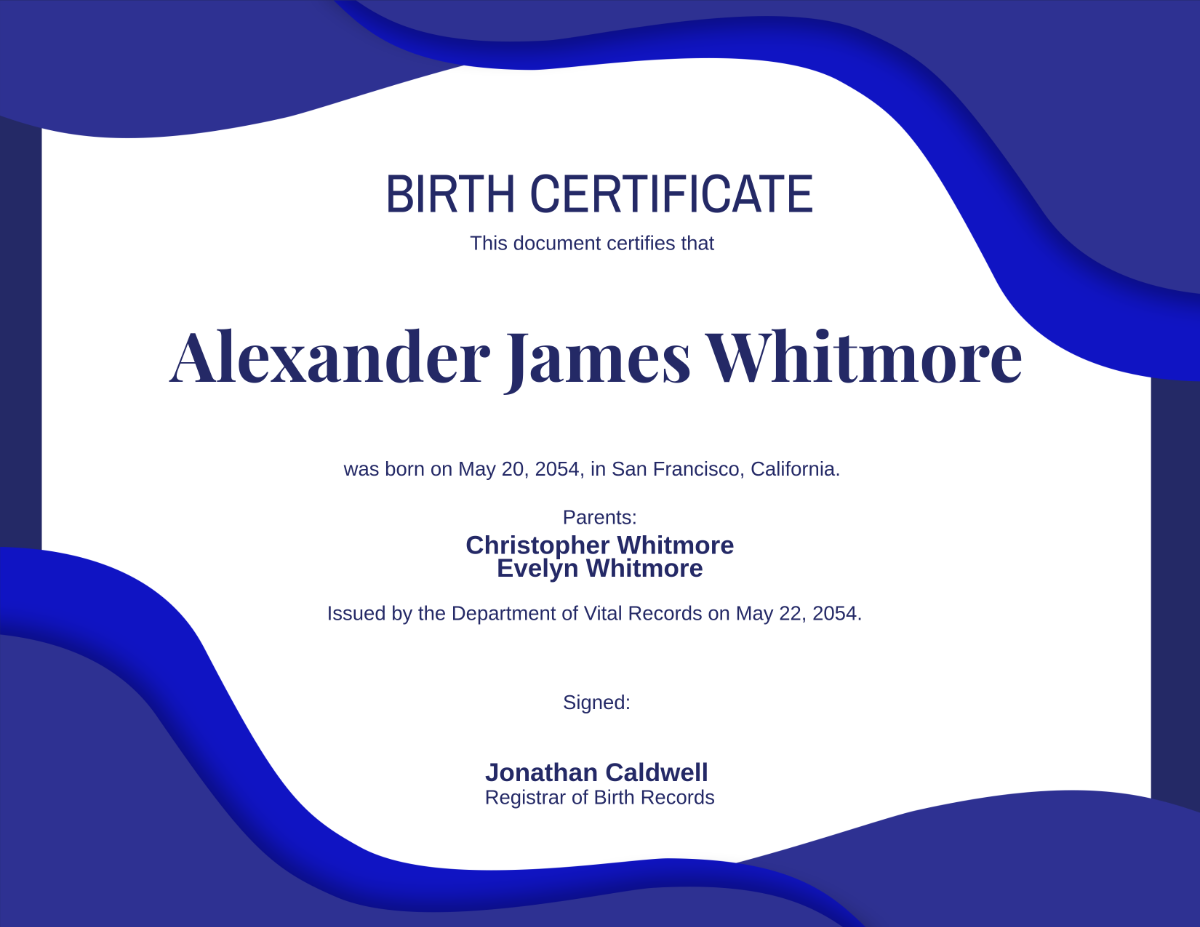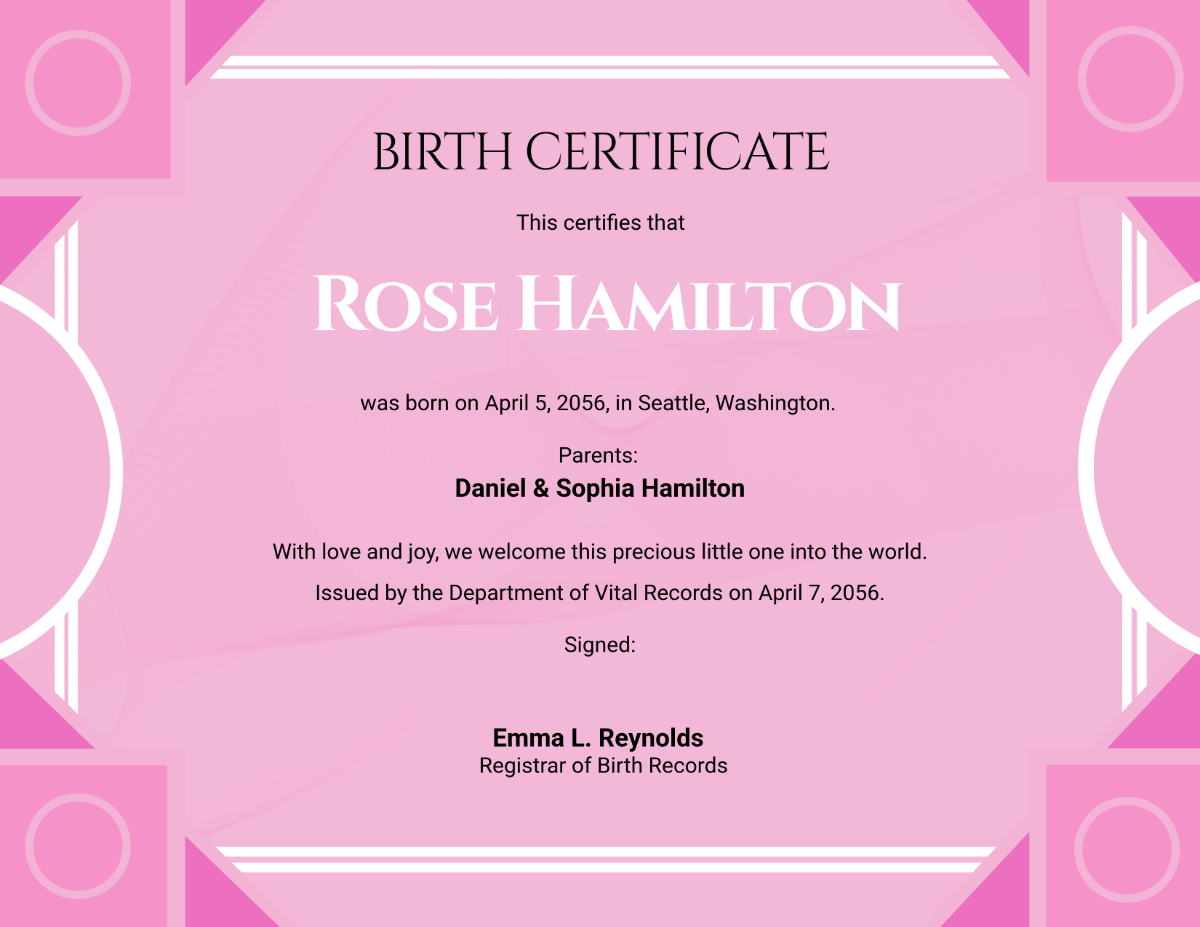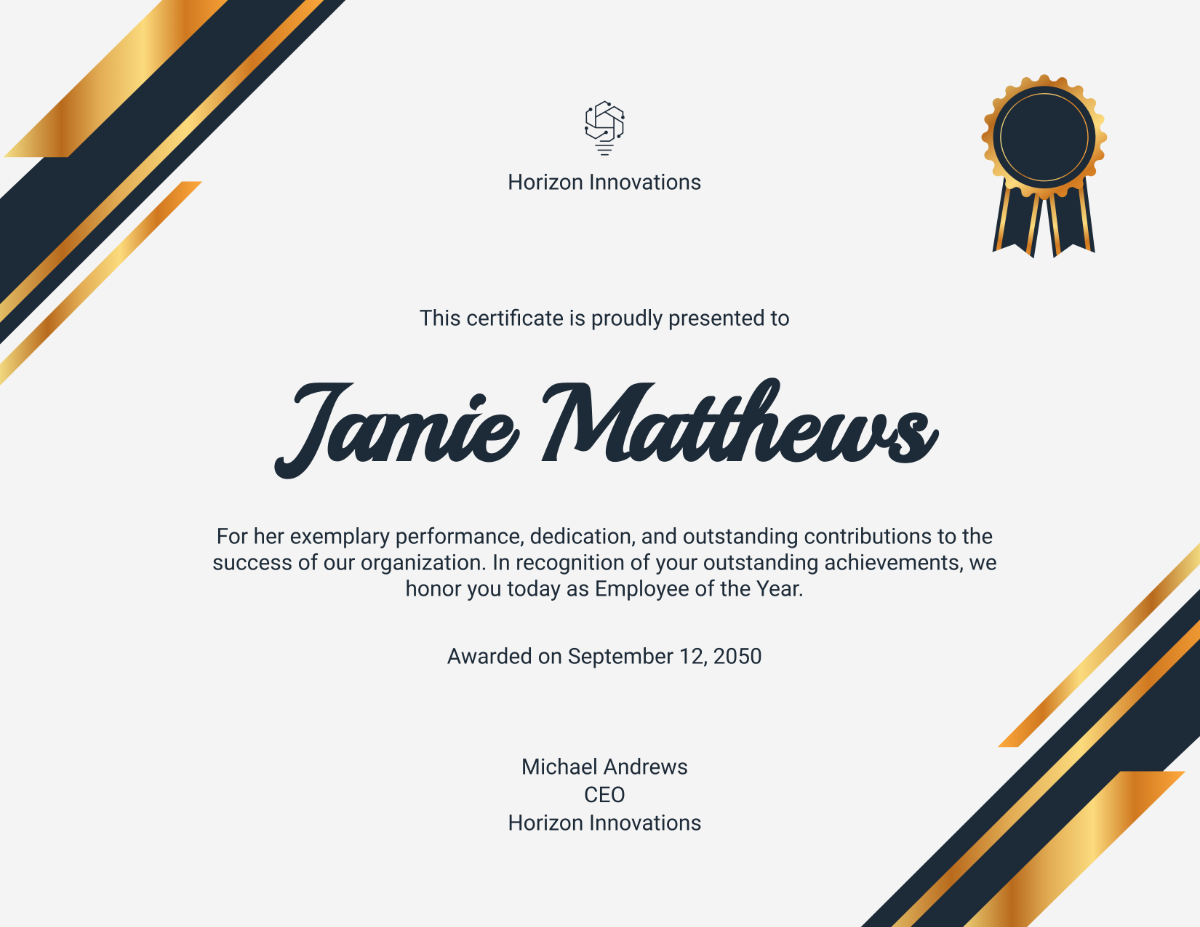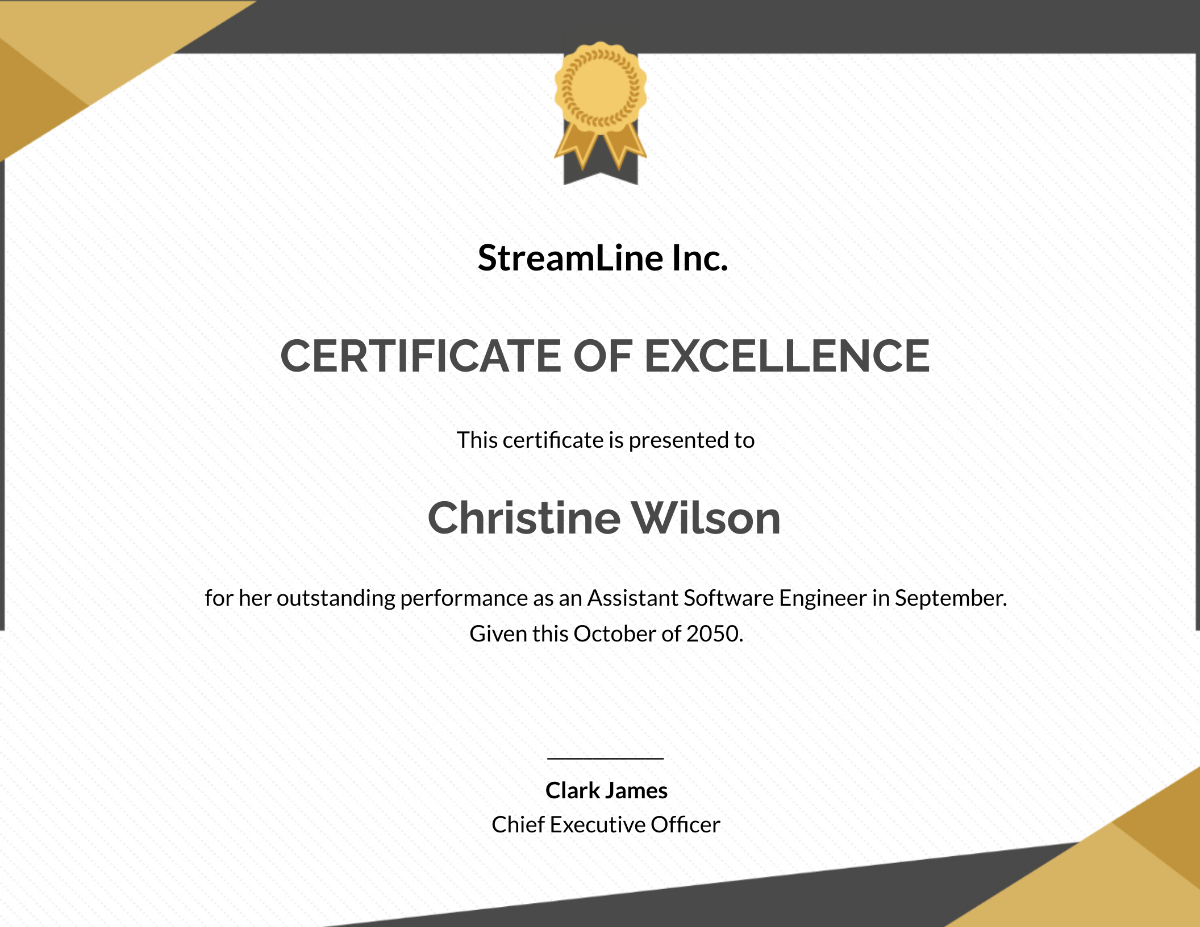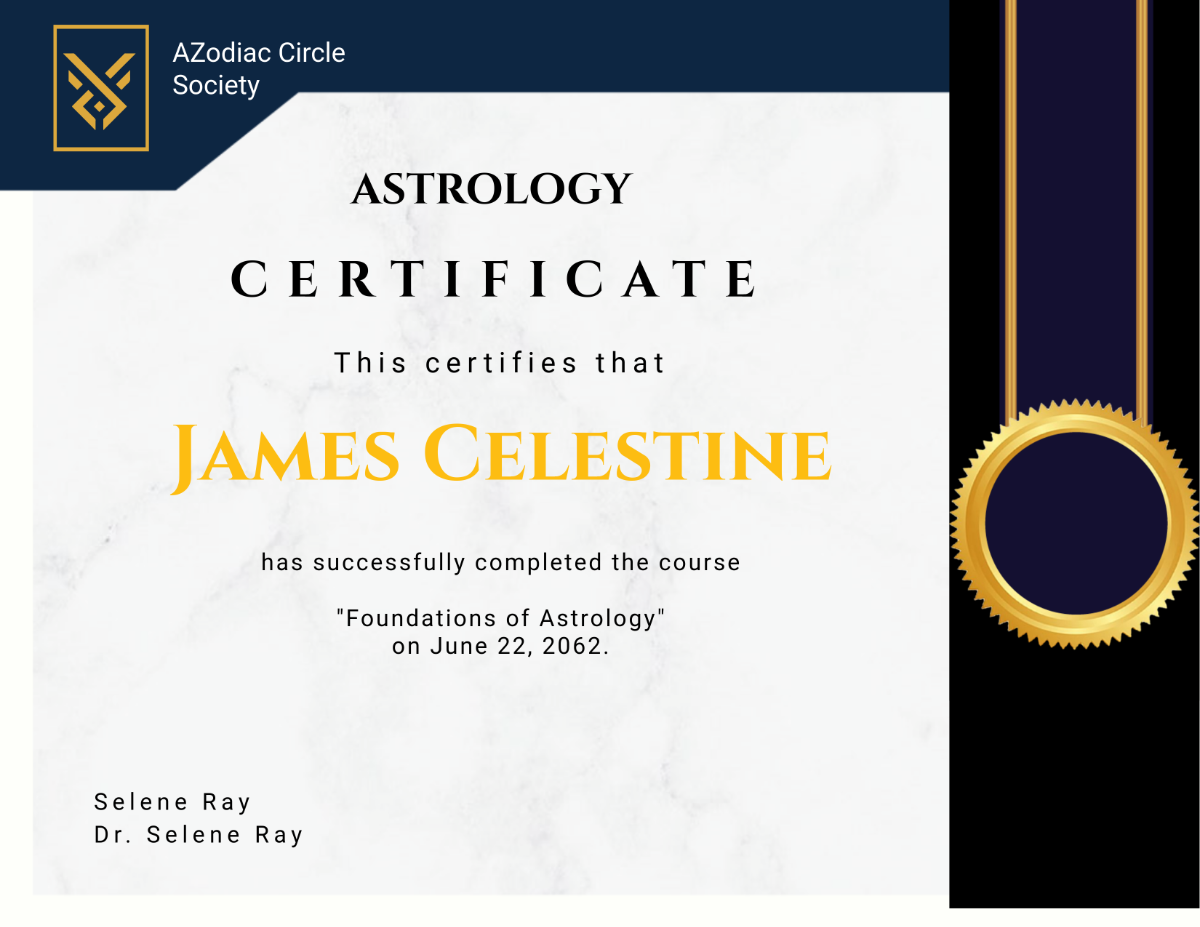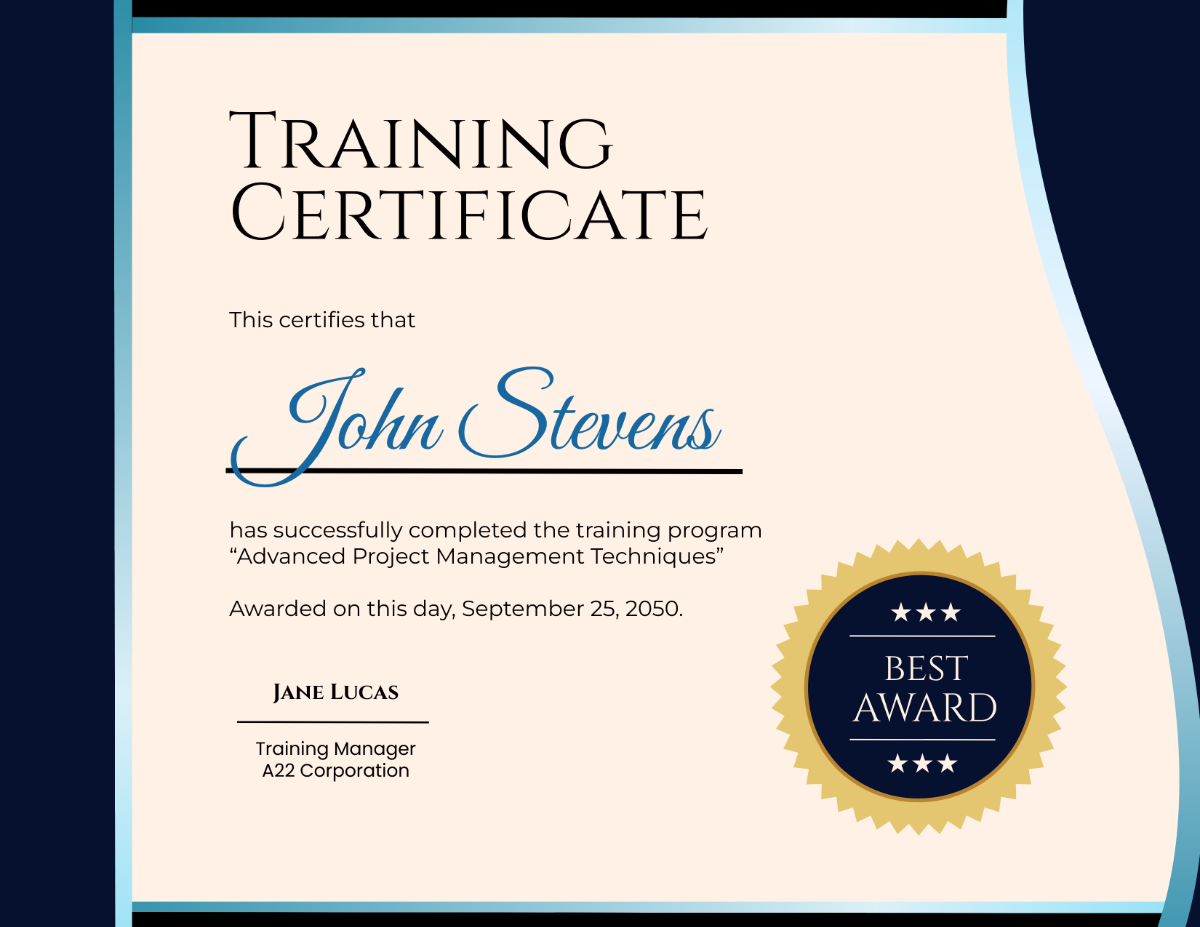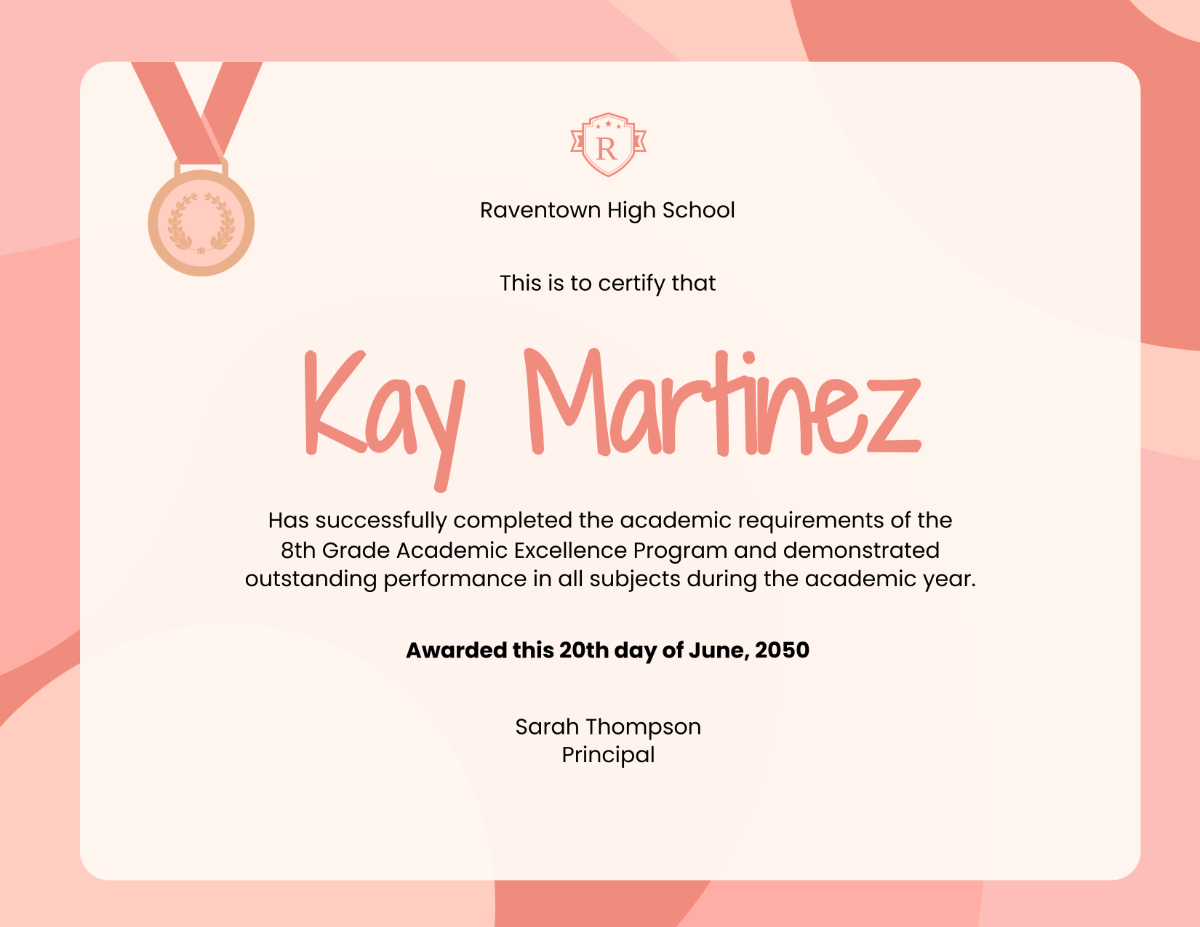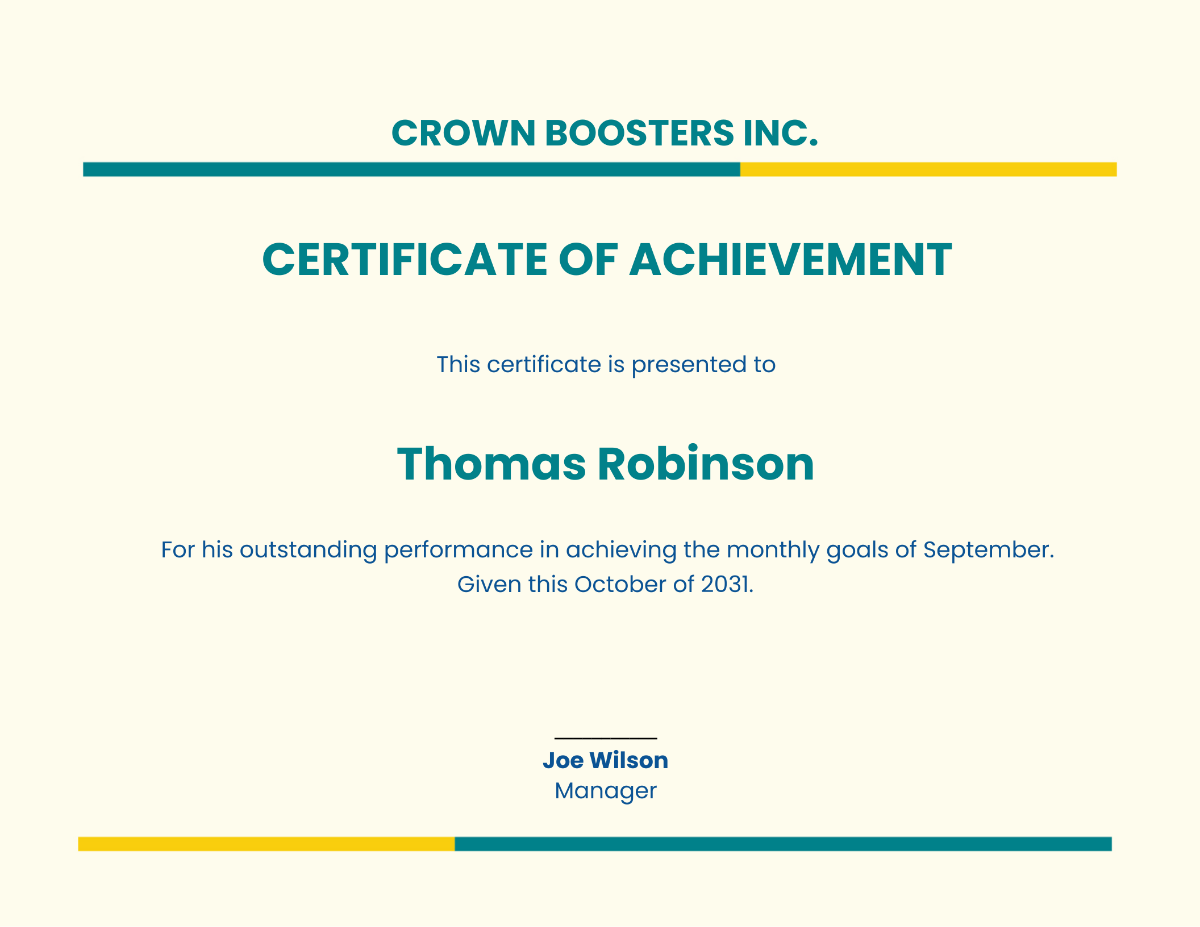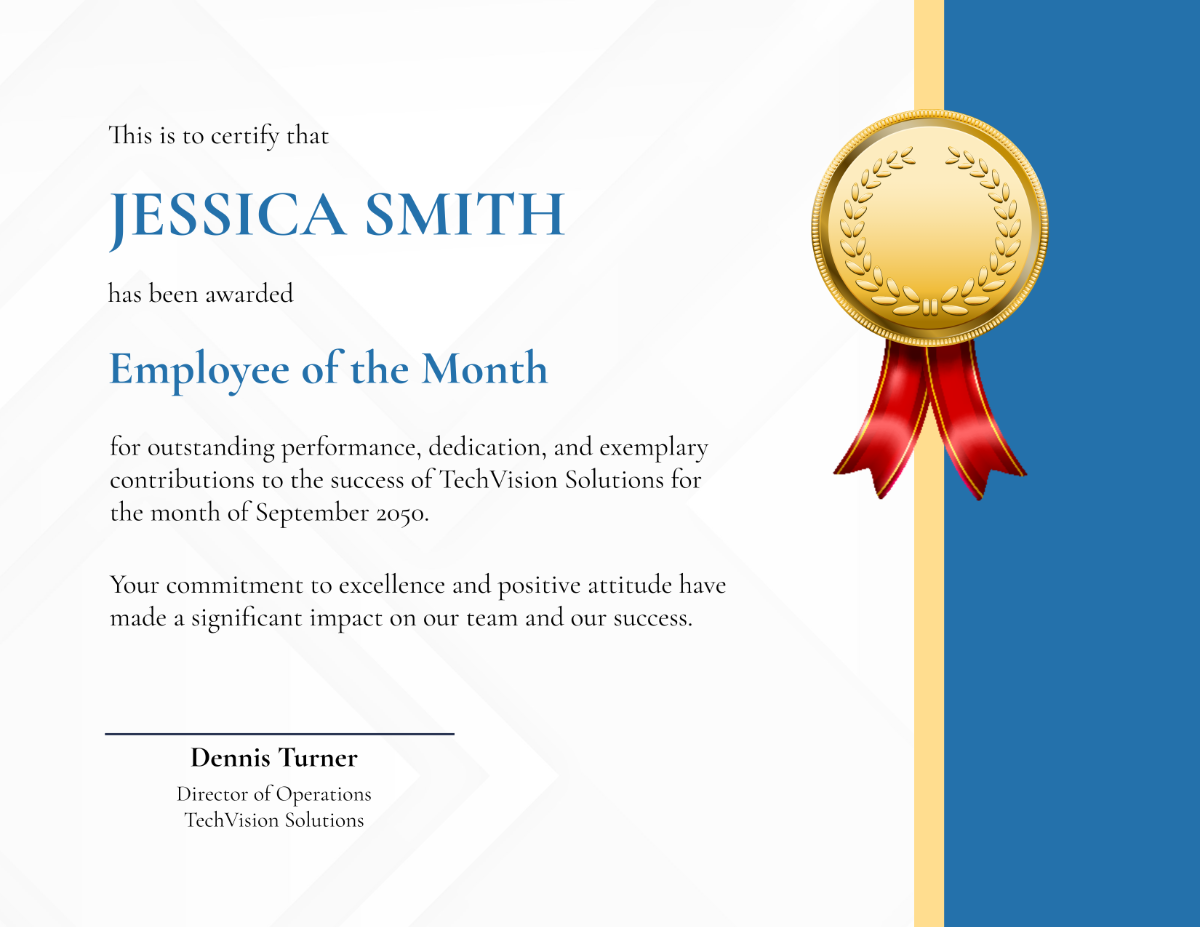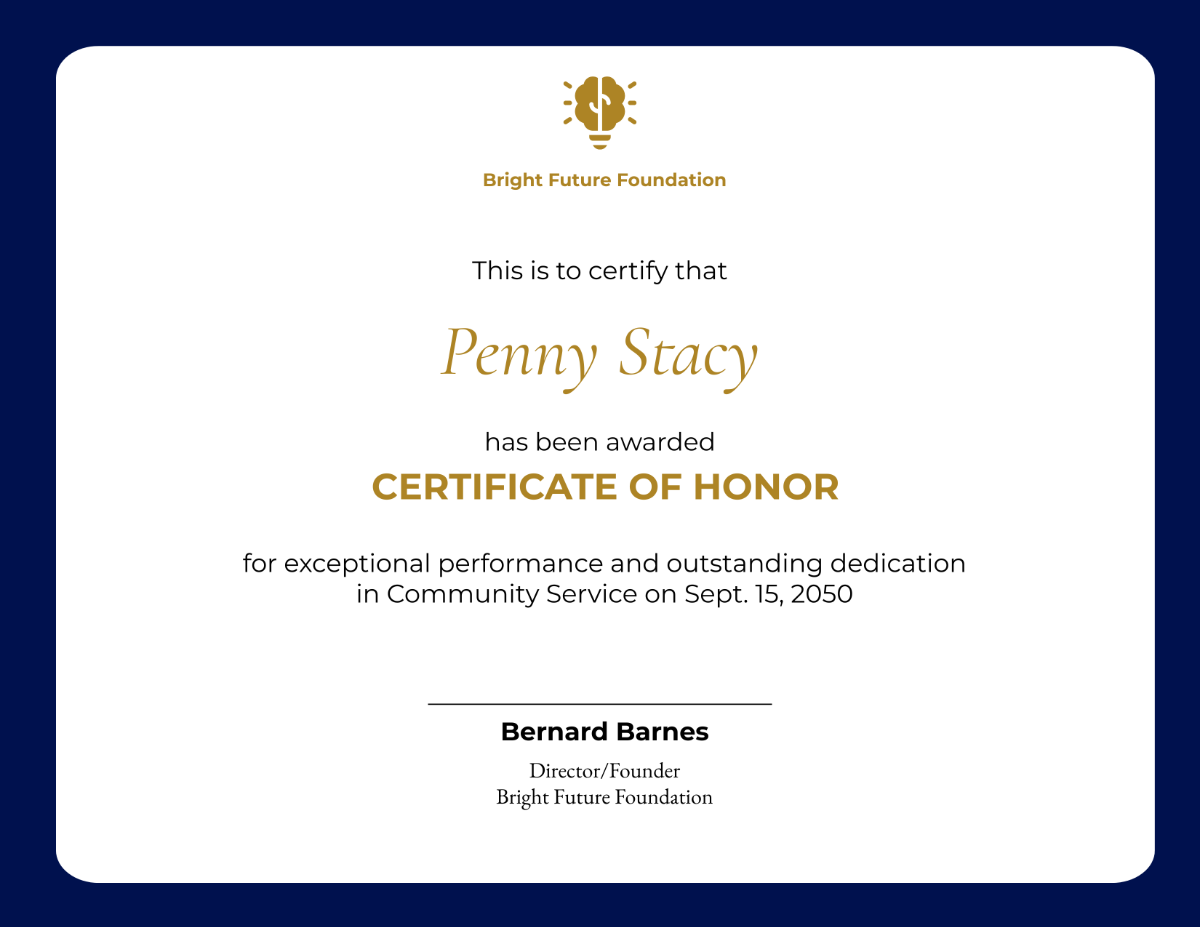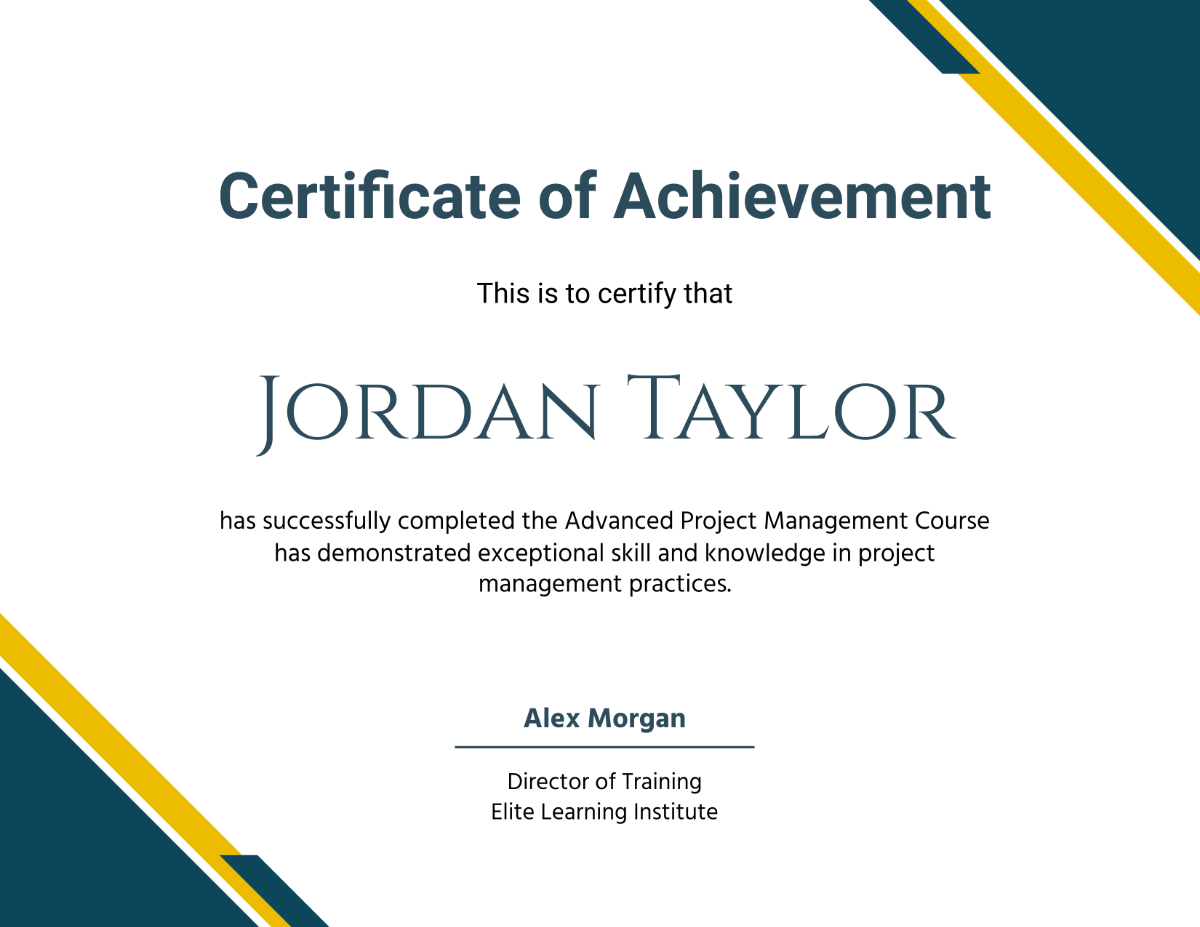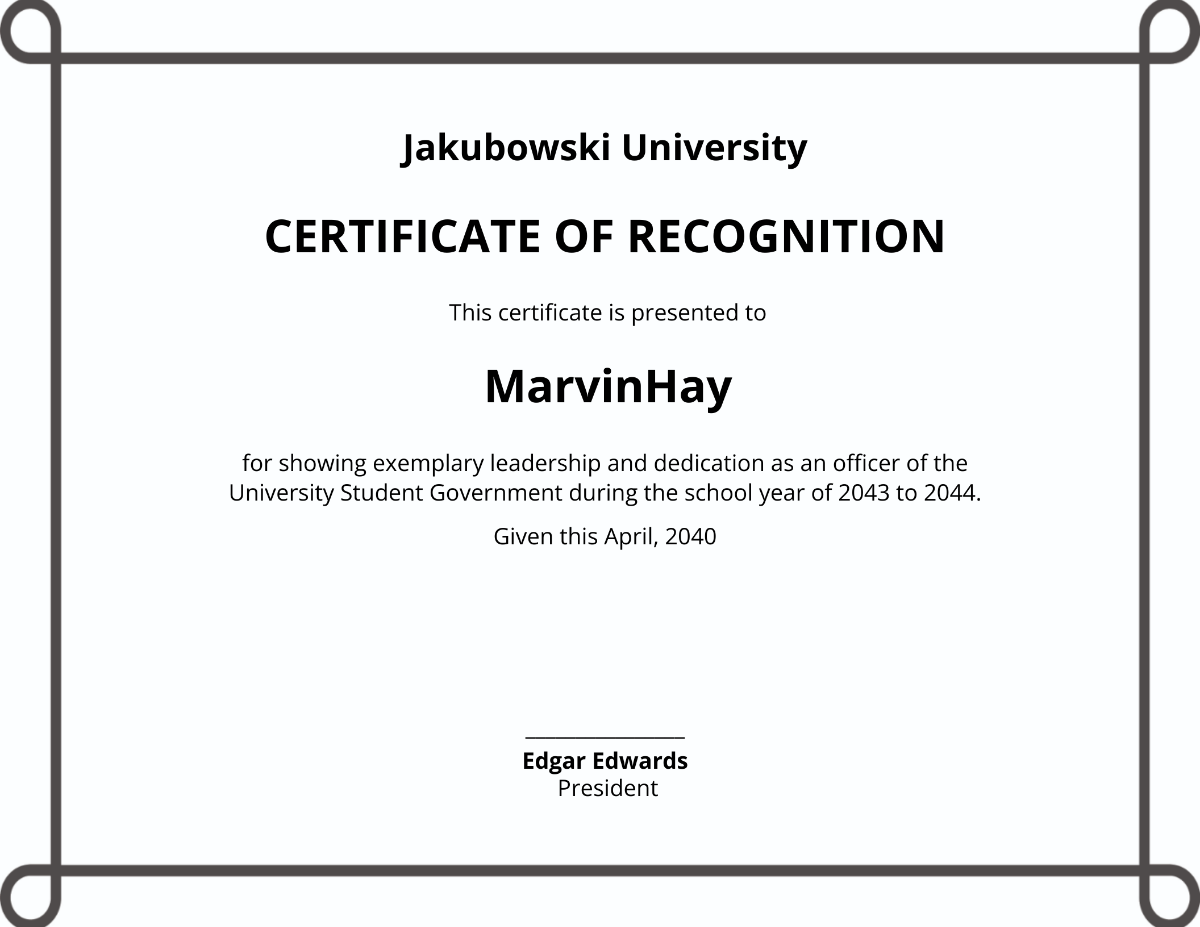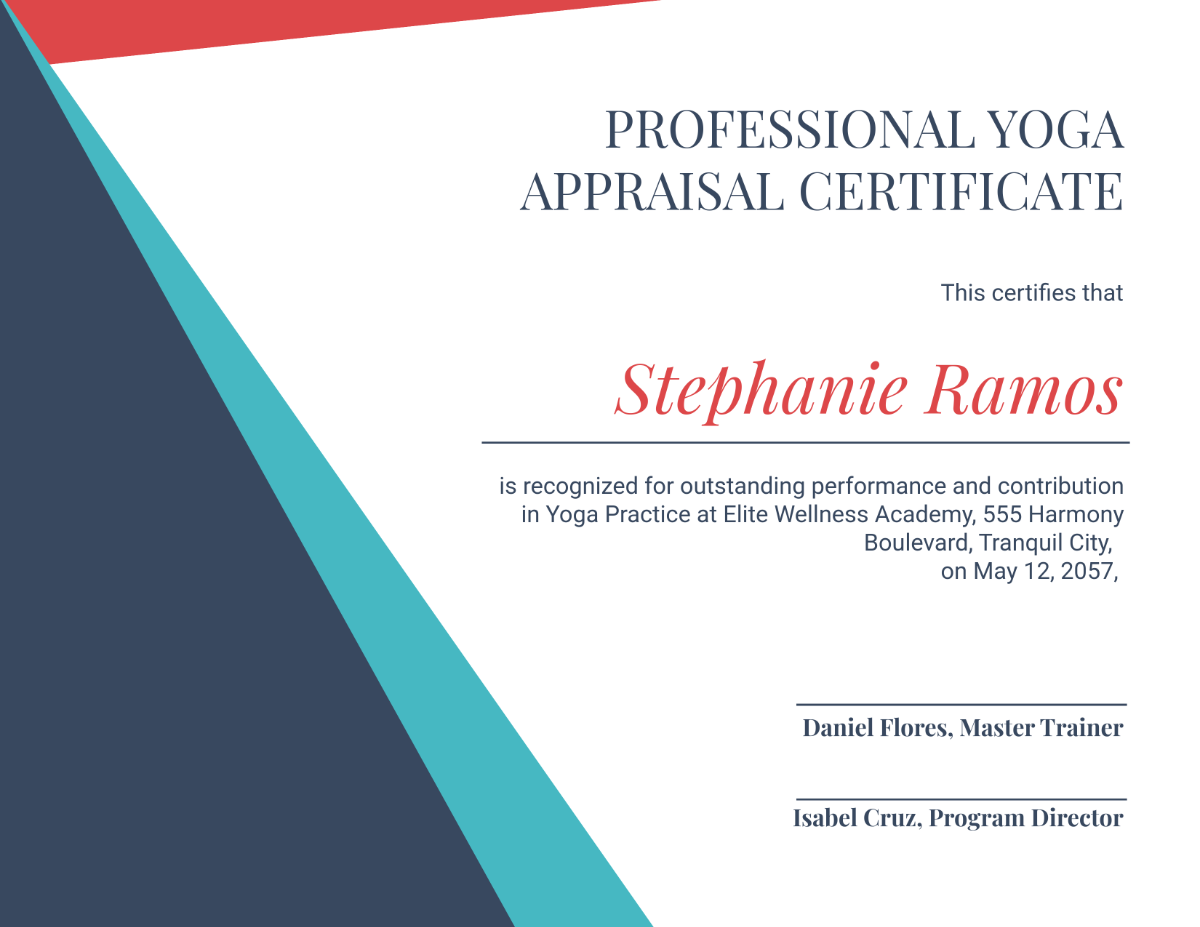Certification Policy Research
[YOUR COMPANY NAME] is dedicated to advancing industry standards by developing and refining certification policies. This document provides a comprehensive analysis of current certification policies, evaluates their effectiveness, and offers recommendations for improvement. The goal is to support the creation of policies that meet the evolving needs of the industry and ensure compliance with regulatory requirements.
Researcher: [YOUR NAME]
Company: [YOUR COMPANY NAME]
Email: [YOUR EMAIL]
Company Number: [YOUR COMPANY NUMBER]
Date: July 26, 2050
1. Introduction
Certification policies are critical for maintaining industry standards and ensuring compliance with regulatory requirements. With the continuous evolution of industry practices and regulations, it is crucial to regularly review and update certification policies to reflect current best practices and emerging trends. This research aims to provide a thorough analysis of existing policies, assess their effectiveness, and offer recommendations for developing more robust and effective certification policies.
2. Purpose of Policy Development
The purpose of this Certification Policy Research is multifaceted:
Review Existing Policies: This involves a comprehensive examination of current certification policies to understand their structure, content, and effectiveness. This review will highlight any gaps or areas for improvement.
Evaluate Effectiveness: Assessing the impact of existing policies on industry practices and compliance. This includes measuring how well current policies support certification goals and whether they achieve the desired outcomes.
Recommend Improvements: Based on the review and evaluation, providing actionable recommendations to enhance policy effectiveness. This may include updating policy content, revising procedures, or introducing new elements to address identified gaps.
Support Policy Development: Assisting in the creation of updated certification policies that align with industry standards, regulatory requirements, and best practices.
3. Methodology
The research methodology includes the following steps:
Literature Review: Conduct a thorough review of existing policy documents, industry standards, and regulatory guidelines. This helps in understanding the current landscape of certification policies and identifying areas where changes may be needed.
Stakeholder Interviews: Engage with industry experts, regulatory bodies, and certification authorities through interviews and surveys. This will provide valuable insights into the effectiveness of current policies and highlight areas for improvement.
Comparative Analysis: Benchmark existing certification policies against those of leading organizations and industries. This comparison helps in identifying best practices and successful approaches that can be adapted to improve current policies.
Data Collection: Gather quantitative and qualitative data on the performance and impact of current certification policies. This data will be used to evaluate the effectiveness of existing policies and support the development of recommendations.
4. Findings and Recommendations
Findings:
Policy Strengths: Current certification policies have successfully established a framework for industry compliance. Key strengths include well-defined standards, clear procedural guidelines, and effective monitoring mechanisms.
Policy Weaknesses: Some policies exhibit weaknesses such as outdated content, lack of alignment with recent regulatory changes, and insufficient flexibility to accommodate emerging industry trends.
Industry Trends: Recent trends indicate a shift towards more flexible and dynamic certification processes, increased emphasis on digital tools and technology, and a growing demand for sustainability and ethical practices in certification.
Recommendations:
Policy Updates: Revise policies to address outdated content and ensure alignment with recent regulatory changes. This includes updating procedural guidelines and incorporating new standards as necessary.
Best Practices: Adopt best practices from leading certification programs, such as incorporating technology for streamlined processes, enhancing transparency, and improving stakeholder engagement.
Implementation Strategies: Develop a clear plan for implementing recommended policy changes. This includes setting timelines, allocating resources, and establishing communication channels to ensure effective adoption of updated policies.
5. Conclusion
Effective certification policies are essential for maintaining high industry standards and ensuring compliance with evolving regulatory requirements. This research provides a detailed analysis of current policies, evaluates their effectiveness, and offers practical recommendations for improvement. By adopting these recommendations, [YOUR COMPANY NAME] aims to support the development of robust certification policies that meet industry needs and promote continuous improvement.
For further information or inquiries, please contact [YOUR NAME] at [YOUR EMAIL].
Company: [YOUR COMPANY NAME]
Address: [YOUR COMPANY ADDRESS]
Website: [YOUR COMPANY WEBSITE]
Social Media: [YOUR COMPANY SOCIAL MEDIA]
